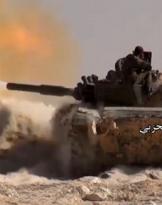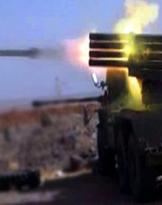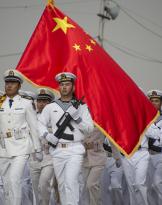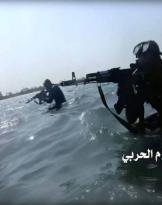After three months of presidential interim headed by Prime Minister Hwang Kyo-ahn, the Korean Supreme Court has declared itself to approve the removal procedure from the institutions of Park Geun-hye, the first female president in the history of South Korea.
Despite the ruling allowing the acting Prime Minister to become President with full office, the presidential staff reiterates that Park does not plan to move away from its official residence, giving rise to clashes in the streets between its supporters and political opponents. The first deaths are already counted.
The focus therefore remains on Cheongwadae, la Blue House from the traditional roofs that serves as the presidential palace. After White House American and the Casa Rosada Argentine, even South Korea shows the world its colored palace, center of executive power and in this case of the scandals that are suffocating Seoul.
If only this was the case, the news coming from the Far East would be relegated to a chapter of malagestion of power, not really new in Korea. The leak of confidential information and the bribes required of important industrial groups (including Samsung) would be nothing but a dark page of a controversial country: South Korea is in effect a democracy, but for more than 30 years it has been governed by military presidents or otherwise known for authoritarian methods. The most famous of these was Park Chung-hee, coincidentally the father of the outgoing president.
In reality, today's institutional crisis goes far beyond a simple history of corruption and is framed in an extremely delicate historical context. There vacatio of power in Seoul (the upcoming elections are scheduled on May 9) is concomitant with three other phenomena:
- the renewed fibrillation of North Korea;
- the changing of the guard in Washington;
- the new political dimension of Japan.
The crisis between the two Koreas is nothing new, you know. Nevertheless the recent ballistic tests on the sea of Japan (following the political murder of King Jong Nam, half-brother of the current North Korean leader Kim Jong Un) recorded a further crackdown by the international community against Pyongngyag, with the application of new sanctions. Behind the pressure against the North Korean regime is the United States, determined to activate the anti-missile system THAD, as requested by the General Staff of Seoul. The new American administration, still running in on some decisive foreign policy choices, has for now responded to Pyongyang's periodic provocation. China, decidedly against the deployment of the new anti-missile system, immediately entered the dispute, increasing the general sense of uncertainty. 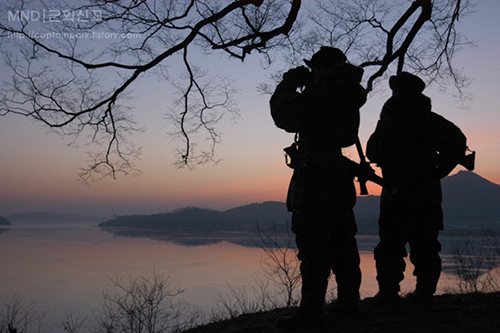
On all this there is the new dynamism of Abe's Japan, which in foreign policy does not intend to give anyone discounts. In the 2015 on the occasion of the 70 anniversary of the end of the Second World War, the Japanese prime minister had declared that future generations will not have to apologize again for their past. The subsequent entry into service of the miniportaerei class Izumo and the not really conciliatory statements to China and North Korea did the rest. Japan has fully returned to the regional geopolitical context, contending precisely to South Korea the role of protagonist also in a political and military sense.
Can we expect an escalation of the general tension in the area?
On these pages we have already focused attention on the Korean peninsula, reflecting on actual role played by Pyongyang. Although global strategies can affect actual regional positioning, today it is not possible to minimize numerous converging unpredictability factors. A South Korea in full institutional crisis is perhaps the main of these.
It should not be forgotten that even though the semi-presidential republic is in force in the Republic of Korea, the President is still the supreme head of the Daehanminguk Gukgun (the Armed Forces), considered among the top ten in the world for capacity and power. From the 2006 to the 2015 the military enjoyed an increase in the 37% budget to reach the cost of 36 billion dollars (2,6% of GDP, SIPRI data). An army of 3 million and a half men (including reservists) is without a guide in one of the hottest moments since the 53 armistice was signed.
As cold as the wars may be, the parallel 38 ° appears increasingly hotter.
(photo: Daehanminguk Gukgun - web)



